Ahead of a Landmark Retrospective of His Work at Tate Britain, Art Critic Martin Gayford Looks at David Hockney’s Extraordinary Influence on Contemporary Painting.

"I'm just as advanced as anybody else in painting”, David Hockney remarked in 2013, before adding the qualification: “If there is such a thing as advanced art; I’m a bit doubtful about that”. In combination, those two sentences suggest some of the rich complexities of Hockney’s position as an artist and a thinker. He is a radical traditionalist.
On the one hand, few have experimented so restlessly and constantly with new media and means of making pictures. Since the 1970's Hockney has adopted one new technique after another: polaroid photography, colour photocopying, fax, computer drawing, digital editing, high-definition multi-screen moving imagery and the list goes on and on, and is still growing. No sooner than a new form of technology appears, it seems, Hockney begins to look for novel ways of making pictures with it.
On the other hand, there is Hockney’s fundamental grappling with what he calls “the problems of depiction”. All makers of pictures – whether the final product is a still life in oils, a strip cartoon or a computer game – encounter these problems. In essence, the difficulty is that the world is not flat or still: its fundamental dimensions are space and time. There is no perfectly satisfactory manner of representing this three-dimensional flux on a two dimensional plane, such as a canvas or a screen, any more than there is a geometrically ideal way of displaying the round globe on a flat map.
Bu hikaye Artists & Illustrators dergisinin March 2017 sayısından alınmıştır.
Start your 7-day Magzter GOLD free trial to access thousands of curated premium stories, and 9,000+ magazines and newspapers.
Already a subscriber ? Giriş Yap
Bu hikaye Artists & Illustrators dergisinin March 2017 sayısından alınmıştır.
Start your 7-day Magzter GOLD free trial to access thousands of curated premium stories, and 9,000+ magazines and newspapers.
Already a subscriber? Giriş Yap
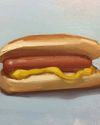
Still life IN 3 HOURS
Former BP Portrait Award runner-up FELICIA FORTE guides you through a simple, structured approach to painting alla prima that tackles dark, average and light colours in turn
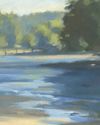
Movement in composition
Through an analysis of three masterworks, landscape painter and noted author MITCHELL ALBALA shows how you can animate landscape composition with movement
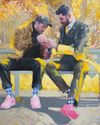
Shane Berkery
The Irish-Japanese artist talks to REBECCA BRADBURY about the innovative concepts and original colour combinations he brings to his figurative oil paintings from his Dublin garden studio
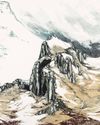
The Working Artist
Something old, something new... Our columnist LAURA BOSWELL has expert advice for balancing fresh ideas with completing half-finished work
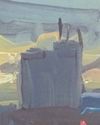
Washes AND GLAZES
Art Academy’s ROB PEPPER introduces an in-depth guide to incorporating various techniques into your next masterpiece. Artwork by STAN MILLER, CHRIS ROBINSON and MICHELE ILLING
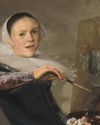
Hands
LAURA SMITH continues her new four-part series, which encourages you to draw elements of old master paintings, and this month’s focus is on capturing hands

Vincent van Gogh
To celebrate The Courtauld’s forthcoming landmark display of the troubled Dutch master’s self-portraits, STEVE PILL looks at the stories behind 10 of the most dramatic works on display
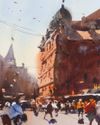
BRING THE drama
Join international watercolour maestro ALVARO CASTAGNET in London’s West End to paint a dramatic street scene
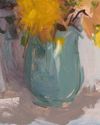
Serena Rowe
The Scottish painter tells STEVE PILL why time is precious, why emotional responses to colour are useful, and how she finds focus every day with the help of her studio wall
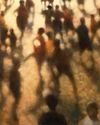
Bill Jacklin
Chatting over Zoom as he recovers from appendicitis, the Royal Academician tells STEVE PILL about classic scrapes in New York and his recent experiments with illustration